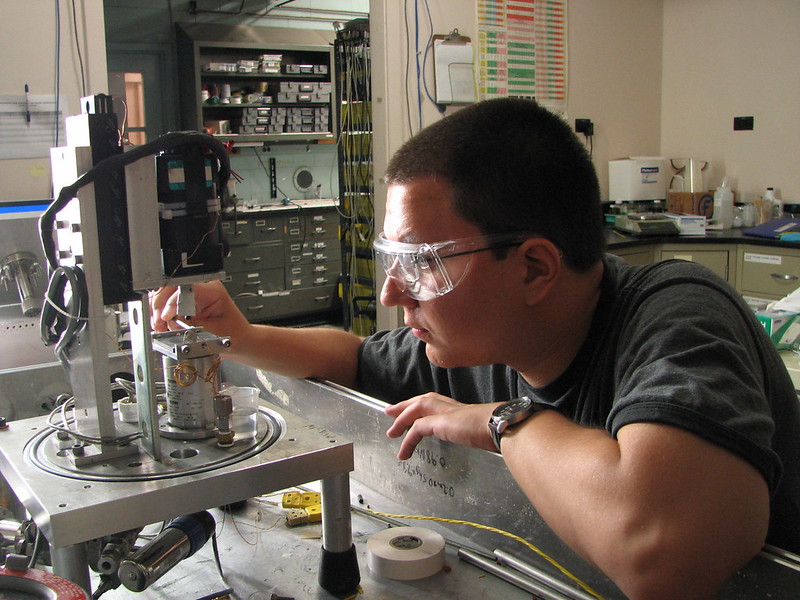![]() A stolen bike. A schoolyard tussle complete with shiners. A neighbor’s garage door graffitied. These seemingly minor incidents can start a young person down the road to delinquency. And once down that road, some young people will find themselves in the juvenile justice system.
A stolen bike. A schoolyard tussle complete with shiners. A neighbor’s garage door graffitied. These seemingly minor incidents can start a young person down the road to delinquency. And once down that road, some young people will find themselves in the juvenile justice system.
I worked in that system for many years, and, with my colleagues, strove to help young offenders break out of delinquency by getting them to take responsibility for their actions and steering them toward more productive choices.
A key tool for doing so was the court diversion program. My staff and I built diversion agreements for low level offenders that:
- were offense specific.
- provided opportunities to educate those on our caseload about the law.
- addressed the needs of victims.
- acquainted our clients with a broad range of services available in their local communities.
- reduced recidivism.
One of the strongest elements of our diversion agreements was a structured community service program. The most successful programs treated juvenile referrals as regular candidates for employment, complete with formal job interviews and periodic performance assessments.
These work arrangements often led to strong connections between employers and our juvenile clients, with many employers writing letters of recommendation, serving as job references and offering certificates of completion.
Our program had many positive outcomes because of these connections, including:
- a high number of completed diversion agreements.
- low recidivism.
- significantly reduced referral rates to formal court.
But I believe our outcomes could have been even better if we’d known about registered apprenticeship.
How registered apprenticeship works
Registered apprenticeship combines classroom instruction with on-the-job training under the guidance of an experienced mentor. A quality registered apprenticeship program:
- creates rewarding career pathways for youth and young adults.
- offers paid employment.
- helps employers build a talent pipeline and eliminate skill shortages.
- helps local businesses, educational institutions and other stakeholders establish a sustainable youth apprenticeship framework.
I’ve been working with the Department of Labor’s Youth Apprenticeship Initiative since I left the court system 10 years ago. And I believe it’s a great option for young people in general, but especially for those who’ve run afoul of the law. Here are a few reasons why:
Lower risks, higher resiliency, more real world learning
Registered apprenticeship programs provide young people with developmentally appropriate and challenging opportunities to contribute at work, under the guidance of an experienced mentor. Instead of being labeled as delinquent, they are seen as – and perhaps more importantly, believe they are – engaged and contributing members of society.
Quality registered apprenticeship programs provide competency-based frameworks that focus on skill development rather than memorization. Employers and educators collaborate to create frameworks that link job skills and classroom instruction. What’s taught in the classroom is directly related to what’s needed on the job – so no more chorus of young voices claiming classroom learning is not relevant to life in the real world.
Structured work reduces the opportunity to engage in delinquent behavior. Apprenticeship frameworks set out a schedule of activities that structure an apprentice’s work day. Those who adhere to this structured employment and school schedule spend more of their day in positive social engagement and less, or none, with delinquent peer groups.
In registered apprenticeship, a mentor and an apprentice sign a contract. According to author and workforce expert Nicholas Wyman, “Mentors look for and are skilled at spotting the signs of doubt, fear, and frustration that apprentices … might have over the course of the placement. This way, they can intervene in a productive and helpful way before problems grow, conflicts occur, and things begin to feel hopeless.” If an apprentice is struggling at a placement, the apprentice goes to a mentor for additional training or other services, including substance abuse counseling, GED services or training in financial literacy.
Some employers are willing to hire youthful offenders
In 2020, there were 26,000 apprenticeship programs across the nation, enrolling more than 220,000 people. Additionally, 82,000 individuals graduated from apprenticeship programs with nationally recognized credentials from the U.S. Department of Labor. Apprenticeships are available in more than 1,000 occupations. And each state has a registered apprenticeship office to help you register a program, connect with program sponsors and enroll apprentices.
In my own experience as a juvenile justice practitioner, I’ve seen that employers are willing to hire young people who’ve run afoul of the law. And as someone who’s spent hours crafting high quality programs for young offenders, I know that registered apprenticeship has all the factors that go into a successful program: structure, employer and community engagement, meaningful learning opportunities and tangible reward.
Bringing apprenticeship into the juvenile justice system will be a great way to help young offenders choose a better path, to the benefit of both themselves and their communities.
Deborah Williamson is vice president of special projects and operations at the Institute for Workplace Skills and Innovation America. Previously, she was labor relations director at the New Mexico Department of Workforce Solutions and general manager of juvenile services at the Kentucky Court of Justice.
